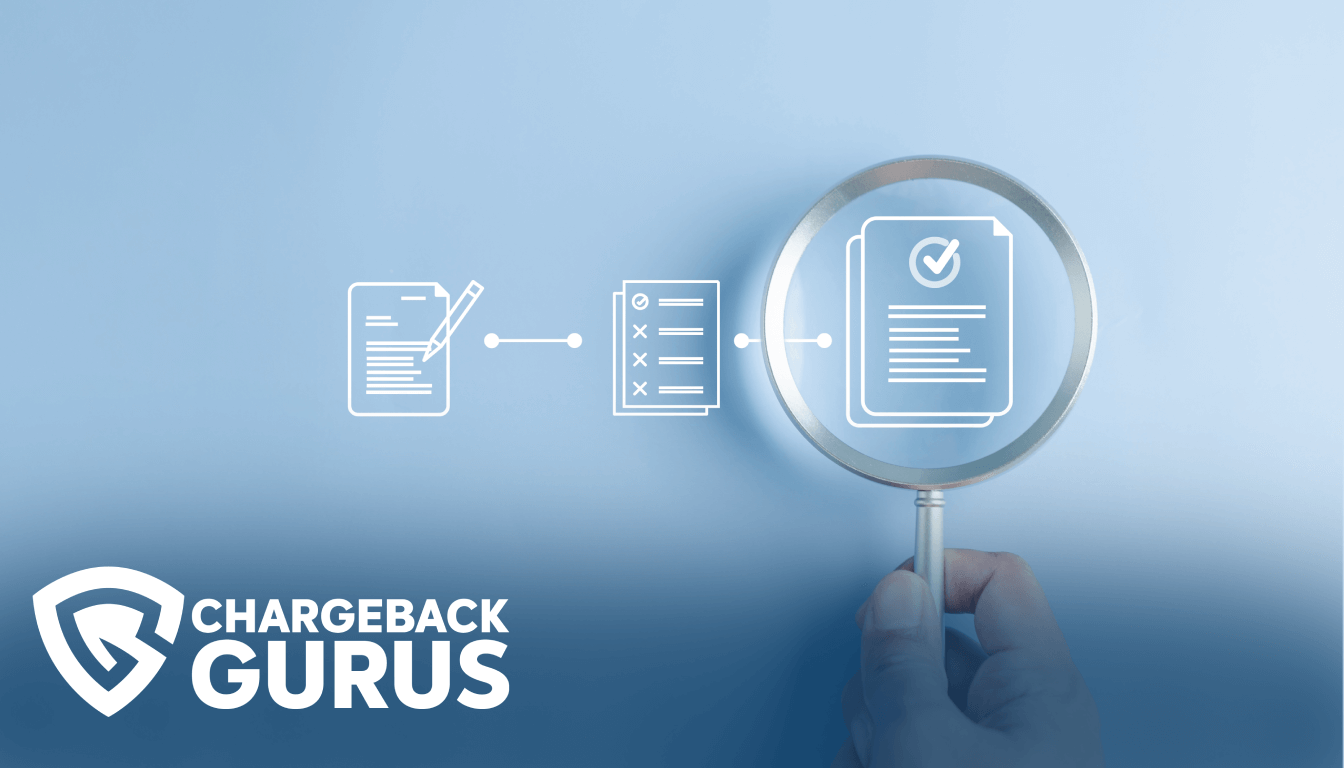Visa Chargeback Reason Code 13.3: Consumer Disputes

Table of Contents
- What is Visa chargeback reason code 13.3?
- What causes code 13.3 chargebacks?
- What's the time limit to respond to code 13.3 chargebacks?
- How can merchants fight code 13.3 chargebacks?
- How can merchants prevent code 13.3 chargebacks?
- About Visa chargeback reason codes
Merchants who receive a chargeback for a transaction placed with a Visa card may encounter reason code 13.3, which indicates a disputed transaction that the cardholder does not believe they should be responsible for paying. The actual underlying cause of this chargeback is usually either friendly fraud or merchant error. Merchants who believe they have received an invalid chargeback under reason code 13.3 may be able to represent the transaction and reverse the chargeback with the right compelling evidence.
What is Visa chargeback reason code 13.3?
Visa chargeback reason code 13.3 falls under the “Consumer Disputes” category. The shorthand description is “Not as Described or Defective Merchandise/Services.” This code indicates the cardholder is claiming that the goods or services they received do not match the description provided by the merchant.
This chargeback may also be used when the merchandise arrived in damaged condition, or when the cardholder is disputing the overall quality of the goods or services they received.
In disputes involving this reason code, the merchant may not avoid liability by directing the cardholder to seek resolution from the product manufacturer. Likewise, this reason code supersedes the merchant’s refund policy.
What causes code 13.3 chargebacks?
There are two common causes of code 13.3 chargebacks. The first is an error by the merchant or an associate that results in the customer receiving a damaged or defective item. The second is friendly fraud from a dissatisfied customer.
When products arrive in damaged or defective condition, there’s usually something the merchant could have done to prevent it: tougher quality control standards, closer inspections of outgoing products, better packaging material, or higher standards of workmanship.
If the cardholder claims that the goods they received were not as the merchant had described, it’s possible that the merchant made misleading or inaccurate claims in the catalog or website that the cardholder was reading prior to their purchase.
Unfortunately, this is also a common reason code for friendly fraud chargebacks, as it is easy to make subjective and hard-to-falsify claims about products arriving in unsatisfactory condition.
What's the time limit to respond to code 13.3 chargebacks?
The acquirer or merchant has 30 days to respond to a chargeback filed under reason code 13.3.
How can merchants fight code 13.3 chargebacks?
Merchants can fight code 13.3 chargebacks by providing evidence that the products or services were accurately described or that the cardholder never attempted to return or exchange the product.
Your chargeback response should include the following:
- A detailed rebuttal of the cardholder’s claims. This statement should address the cardholder’s specific claims. If possible, back up your counterclaims with third-party opinions that support your position.
- Proof that the cardholder never attempted to return, exchange, or refuse delivery of the supposedly defective product.
- Proof that the cardholder agreed to accept repaired or replacement products in exchange for the damaged or defective goods, and that these were delivered and received.
- If you have already processed a refund for the transaction in question, provide documentation that proves you have credited the cardholder’s account.
- If you have resolved the issue directly with the cardholder, provide proof, such as written correspondence, that proves they no longer wish to dispute the charge.
How can merchants prevent code 13.3 chargebacks?
Merchants can prevent code 13.3 chargebacks by accurately describing their products or services, using reliable methods of shipping and packing, and offering helpful and available customer service.
Merchants sometimes set themselves up for these types of chargebacks by going overboard with big promises and grandiose claims in their advertising materials and marketing copy. When talking up your products crosses the line into misleading or deceptive territory, you can expect disappointed customers to lose their trust in your company and come back at you with this chargeback. Honesty and transparency are essential qualities if you want to steer clear of “not as described” disputes.
The following advice can help you avoid this kind of chargeback:
- Provide accurate, complete, and truthful descriptions of the products and services you are selling.
- Make sure your fulfillment department is familiar with your merchandise, has a complete understanding of what has been purchased, and knows what to ship.
- Use boxes and packing material that will protect your merchandise from damage during transit.
- Provide exceptional customer service and promptly acknowledge customers when they make contact.
- If the cardholder contacts you because they are unhappy with the quality of the product or services they purchased, promptly fulfill all valid requests for replacements or refunds.
- When a product is defective, resolve the issue yourself. Don’t refer the cardholder to the manufacturer instead.
About Visa chargeback reason codes
Reason codes are alphanumeric codes that provide the justification for granting a chargeback. Pursuant to the Fair Credit Billing Act of 1974, cardholders have the right to dispute unauthorized or erroneous charges, and issuing banks must reverse a disputed transaction if the cardholder’s claim is valid.
When a cardholder contacts their issuing bank to dispute a transaction and receive a chargeback, the dispute is assigned a reason code that most closely matches the substance of the cardholder’s claims. The reason code provides the merchant and other stakeholders in the dispute with a concise explanation for why a chargeback has been granted.
Each card network—Visa, Mastercard, American Express, and Discover—defines and maintains their own unique set of reason codes, which are applied to disputes by the banks that issue credit and debit cards under their brands.
Visa specifies 46 reason codes under the categories of Fraud, Authorization, Point-of-Interaction Error, Consumer Disputes, and Processing Errors. Visa uses a numeric scheme for its chargeback reason codes.
Understanding chargeback reason codes is one of the most essential parts of effective chargeback management. Identifying the chargeback reason code and the evidence required to fight it is the first step in chargeback representment, and analyzing your chargeback reason codes can provide you with insights into what types of disputes are causing you the most trouble. With this information, you can determine the root causes of your chargebacks and take action to prevent them from reoccurring.


